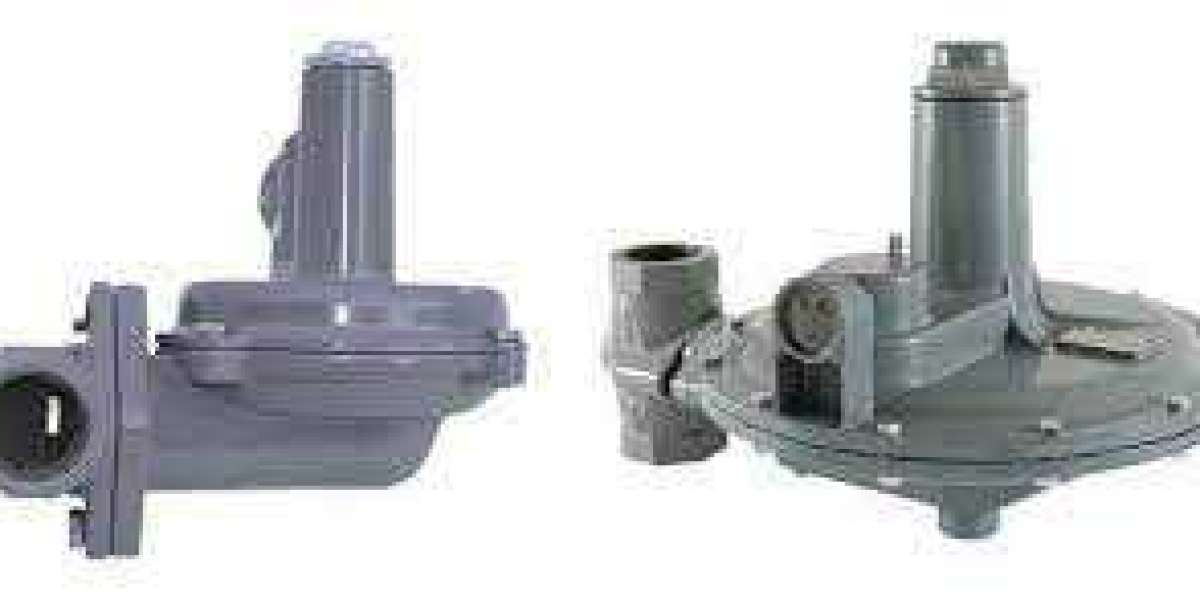What is a Natural Gas Leak Detector?
A natural gas leak detector is a device designed to detect the presence of natural gas in the air. Natural gas, primarily composed of methane, is highly flammable and poses significant risks if not monitored properly. Leak detectors provide early warnings of gas leaks by sensing the presence of gas and triggering alarms to alert occupants, thereby preventing potential accidents and ensuring safety.
Key Functions of a Natural Gas Leak Detector:
- Gas Detection: Identifies the presence of natural gas in the air, even at low concentrations.
- Alarm Activation: Activates audible and/or visual alarms when a gas leak is detected.
- Data Reporting: Provides real-time data on gas concentrations and historical records for analysis.
- Automatic Shutoff: Some models can automatically shut off the gas supply to prevent further leakage.
How Does a Natural Gas Leak Detector Work?
1. Gas Sensing Technologies
Natural gas leak detectors utilize various sensing technologies to detect the presence of gas:
- Catalytic Sensors: These sensors detect gas by measuring the heat produced when gas is oxidized on a heated catalyst. The amount of heat is proportional to the concentration of gas.
- Infrared Sensors: Infrared sensors detect gas by measuring the absorption of infrared light at specific wavelengths. Methane, the primary component of natural gas, absorbs infrared light, allowing the sensor to measure gas concentration.
- Semiconductor Sensors: Semiconductor sensors use materials whose electrical resistance changes in the presence of gas. The change in resistance is used to determine the gas concentration.
2. Alarm System
Upon detecting a gas leak, the detector triggers an alarm system to alert users. This may include:
- Audible Alarms: High-decibel sound alarms that alert occupants to the presence of gas.
- Visual Indicators: Flashing lights or digital displays that provide visual alerts.
- Notifications: Some advanced models send notifications to mobile devices or central monitoring systems for remote alerts.
3. Automatic Shutoff
Certain natural gas leak detectors come with an automatic shutoff feature that closes the gas supply when a leak is detected. This feature helps to immediately stop the flow of gas and prevent further leakage.
4. Calibration and Maintenance
Regular calibration and maintenance are essential to ensure the accurate functioning of natural gas leak detectors. Calibration involves adjusting the detector to provide accurate readings, while maintenance includes checking for sensor degradation and cleaning the device.
Types of Natural Gas Leak Detectors
1. Standalone Natural Gas Leak Detectors
Overview
Standalone natural gas leak detectors are independent units that operate on their own to detect gas leaks. They are commonly used in residential and small commercial settings.
Features
- Simple Installation: Easy to install and configure without the need for complex systems.
- Alarm Functionality: Includes audible and visual alarms to alert users.
- Cost-Effective: Generally more affordable compared to integrated systems.
2. Integrated Gas Detection Systems
Overview
Integrated gas detection systems combine natural gas leak detection with other safety and monitoring systems. These systems are often used in larger commercial and industrial settings.
Features
- Comprehensive Monitoring: Integrates with other sensors and systems for comprehensive safety monitoring.
- Centralized Control: Allows for centralized control and management of multiple detectors.
- Advanced Features: May include data logging, remote monitoring, and automatic shutoff capabilities.
3. Wireless Natural Gas Leak Detectors
Overview
Wireless natural gas leak detectors use wireless technology to communicate with central monitoring systems or mobile devices. They are suitable for applications where wired connections are impractical.
Features
- Remote Monitoring: Enables remote monitoring and alerts through wireless communication.
- Flexible Installation: Can be installed in locations where wired connections are challenging.
- Scalability: Easily scalable to add additional detectors as needed.
Benefits of Natural Gas Leak Detectors
1. Enhanced Safety
Natural gas leak detectors significantly enhance safety by providing early warnings of gas leaks. This allows occupants to take immediate action, reducing the risk of explosions, fires, and health hazards.
2. Preventive Measures
By detecting gas leaks early, these detectors help prevent potential accidents and minimize damage. Regular use of gas leak detectors supports proactive safety measures in both residential and commercial environments.
3. Regulatory Compliance
In many regions, the installation of natural gas leak detectors is a regulatory requirement. Compliance with these regulations helps ensure safety and avoid legal issues.
4. Cost Savings
Detecting and addressing gas leaks early can result in cost savings by preventing damage to property, reducing energy losses, and avoiding emergency repair costs.
5. Peace of Mind
Having a natural gas leak detector installed provides peace of mind to users, knowing that they are protected from potential gas-related hazards.
Installation and Maintenance
1. Installation Guidelines
- Location: Install the detector in areas where natural gas is used or stored, such as kitchens, near gas appliances, and in utility rooms.
- Height: Follow manufacturer guidelines for the optimal height of installation. Most detectors should be installed at or near the ceiling where natural gas tends to accumulate.
- Power Supply: Ensure the detector is connected to a reliable power source or has a backup battery.
2. Regular Maintenance
- Calibration: Periodically calibrate the detector to ensure it provides accurate readings.
- Cleaning: Keep the detector clean and free of dust or debris that may affect its performance.
- Testing: Regularly test the alarm system to ensure it functions correctly.
3. Replacement
- Sensor Replacement: Replace sensors according to manufacturer recommendations to maintain optimal performance.
- Device Replacement: Replace the entire detector if it is damaged or reaches the end of its service life.
Challenges and Considerations
1. Accuracy and Sensitivity
Ensuring the accuracy and sensitivity of the detector is crucial. Regular calibration and maintenance are necessary to maintain precise readings and reliable performance.
2. False Alarms
False alarms can occur due to various factors such as cooking fumes or other gases. Proper installation and calibration can help minimize false alarms.
3. Integration with Other Systems
Integrating gas leak detectors with other safety systems may require technical expertise. Ensuring compatibility and seamless integration is essential for effective safety management.
4. Cost
The initial cost of purchasing and installing gas leak detectors can be significant. However, the investment is often justified by the enhanced safety and risk reduction benefits.
Future Trends in Natural Gas Leak Detection
1. Smart Technology Integration
Future developments in smart technology will lead to more advanced gas leak detectors with features such as real-time data analytics, integration with smart home systems, and remote diagnostics.
2. Advanced Sensing Technologies
Advancements in sensing technologies will improve the accuracy and sensitivity of gas leak detectors, providing more reliable and timely alerts.
3. Improved Connectivity
Enhanced connectivity technologies will enable better communication between gas leak detectors and central monitoring systems, facilitating more efficient monitoring and management.
4. Sustainability Initiatives
Future gas leak detectors may incorporate sustainability initiatives, such as energy-efficient designs and environmentally friendly materials.
Conclusion
Natural gas leak detectors are essential for ensuring safety and preventing potential hazards associated with gas leaks. By providing accurate detection, early warnings, and advanced features, these devices play a crucial role in safeguarding residential, commercial, and industrial environments. With ongoing advancements in technology, natural gas leak detectors will continue to evolve, offering enhanced safety, accuracy, and integration to meet the needs of modern gas management systems.








